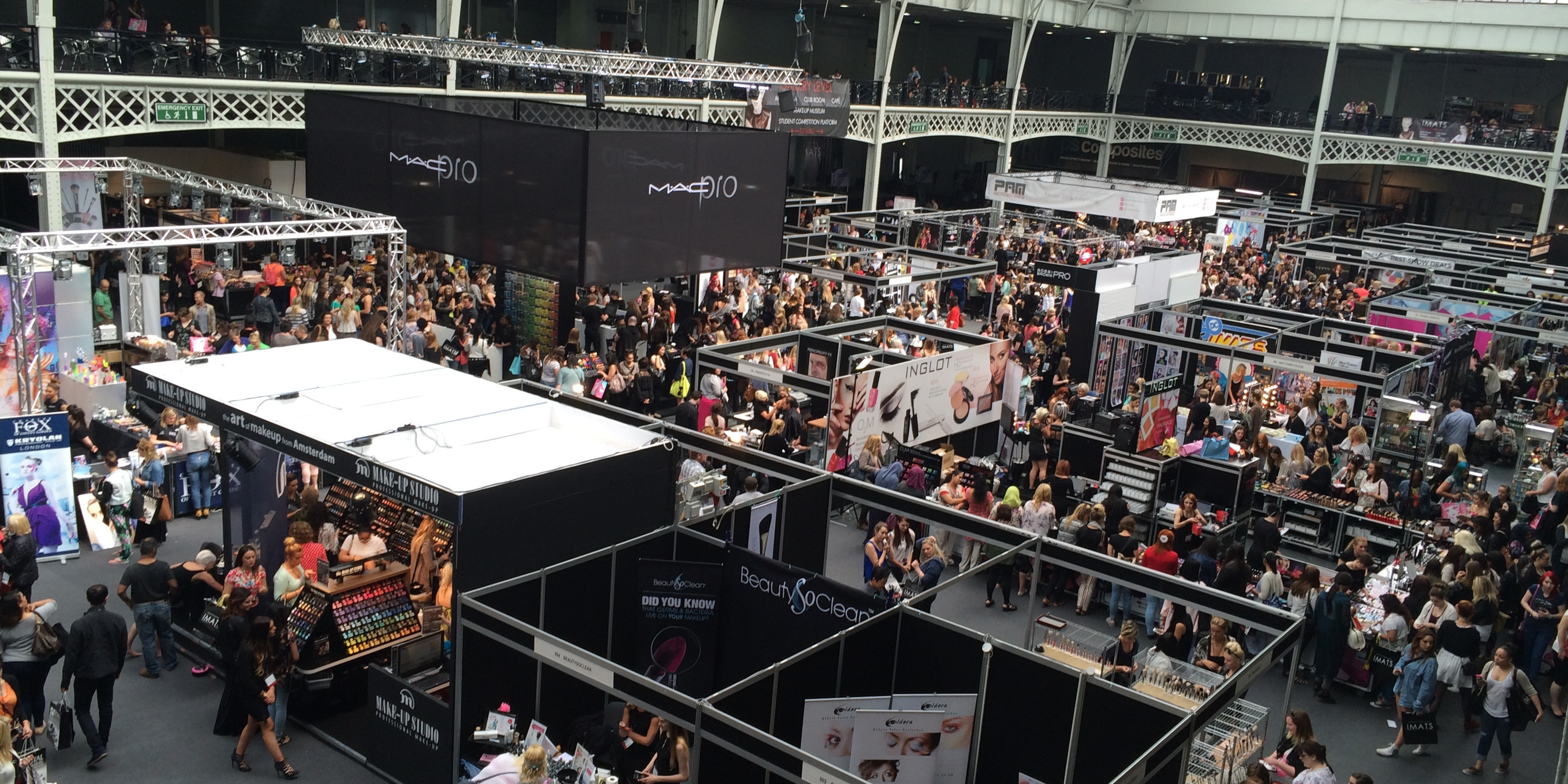Organising an event requires attention to detail, especially when it comes to inclusivity. Every event needs to be accessible to all attendees, ensuring that everyone can participate fully and comfortably.
This blog provides a comprehensive checklist for assessing venue accessibility, helping you create a welcoming environment for every guest.
Understanding Venue Accessibility
Accessibility is about more than just accommodating wheelchair users; it involves creating an environment where attendees with a variety of disabilities—physical, sensory, or cognitive—can navigate and enjoy the event without barriers.
Ensuring that your venue meets these standards is not just a legal necessity but a commitment to inclusivity.
Comprehensive Venue Evaluation
Before finalising your event venue, conduct a thorough assessment to identify potential accessibility issues. This involves checking entry points, interior spaces, and facilities to ensure they can comfortably accommodate attendees with disabilities.
Key Accessibility Features to Consider
- Entrance Accessibility: Verify that all entry points are wheelchair accessible, featuring ramps or elevators if necessary.
- Interior Navigation: Ensure that corridors and doorways are wide enough to accommodate mobility aids, and that there are no obstructions that could hinder movement.
- Seating Arrangements: Provide various seating options, including spaces for wheelchairs and reserved seating near the front for those with visual or hearing impairments.
- Restroom Facilities: Check that accessible restrooms are available, equipped with features such as wide doors, grab bars, and appropriate sink heights.
Transportation and Parking
Accessibility starts before entering the venue. Ensure there is adequate disabled parking close to the venue entrance, and if public transport is recommended, confirm that it is accessible to people with disabilities.
Emergency Procedures
Review the venue’s emergency procedures to ensure they include provisions for attendees with disabilities. Clear signage, audible alarms, and planned evacuation routes are essential for safety.
Technology and Equipment
Incorporate assistive technologies to enhance accessibility. Provide hearing loop systems, sign language interpretation, and ensure any presentations are accessible, with large fonts and high-contrast visuals.
Staff Training and Awareness
Educate your event staff and volunteers on the importance of accessibility. They should be prepared to assist attendees with disabilities and be familiar with the layout and accessibility features of the venue.
Pre-Event Communication
Communicate with attendees prior to the event to identify specific needs and make necessary accommodations. This might include asking about the requirement for special equipment or assistance during the event.
Feedback and Continuous Improvement
Gather feedback from attendees about the accessibility of the event to understand what worked and what could be improved. This will help you enhance the inclusivity of future events.
Ensuring your event is accessible is crucial for creating an inclusive atmosphere that welcomes all guests. By following this checklist, you can help guarantee that everyone has a positive, engaging experience.
At smith+jakes, our portfolio spans a diverse array of creative events, including retail launches, tech showcases, art exhibitions, photo and video shoots, fashion shows, corporate fundraisers, conferences, weddings, and private celebrations.
Interested in learning more? Reach out via the contact form, we’d love to hear from you.

